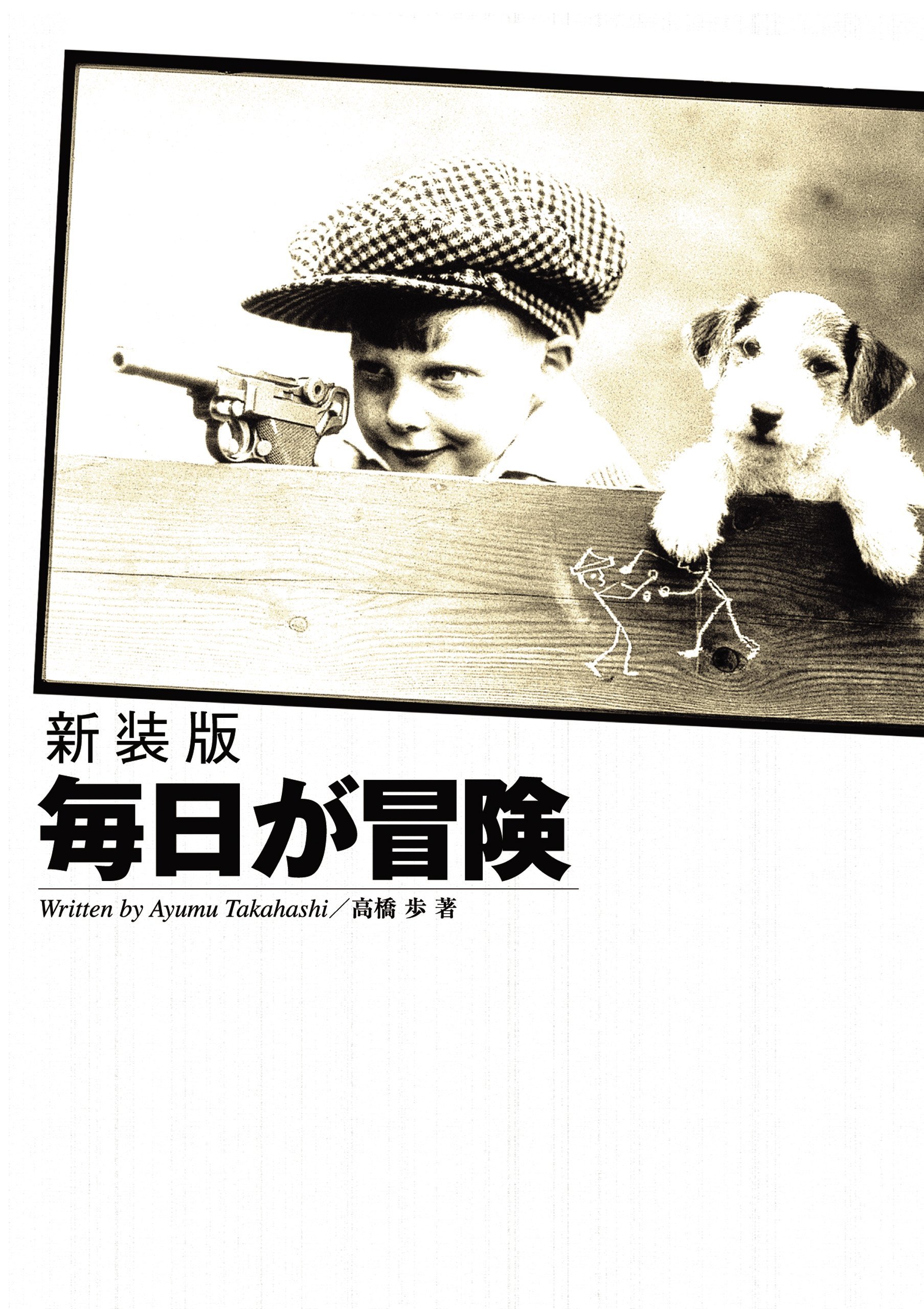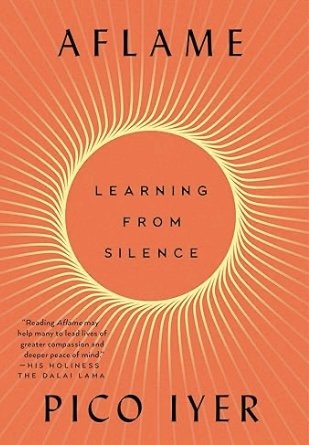Jungle Emperor Leo : Leo Edition by Osamu Tezuka (Jitsugyono Nihon-sha) ~Ernie Hoyt
After reading Mighty Atom : Best Selection, I decided to read one other manga by Osamu Tezuka which was published in the same format. I chose Jungle Emperor Leo : Leo Edition. The original manga and anime series is titled ジャングル大帝 (Jungle Taitei). “Taitei” is a Japanese word for “Great Emperor”.
Jungle Emperor Leo : Leo Edition is a coming-of-age story of a young white lion who is born on a ship en route to London. Leo is the son of Panja, a fierce lion who was also known as the King of the Jungle. It was Panja who fought against the humans to keep the animals in the jungle safe.
After Panja is killed by humans, the killers capture Panja’s mate and plan on taking her to a zoo in London. Leo is born while the ship is in transit and is discovered by a member of the ship’s crew. The Captain says they only need to take the mother lion to London and that they should just toss the infant lion into the ocean. However, the crew member suggests another plan. The ship is full of mice and as lions are also felines, he suggests to the Captain that the cub could get rid of the mice on the ship.
The Captain thinks it’s a good idea but doesn’t know the lion cub will befriend all the mice instead. During the trip, Leo’s mother says to him, “You are the son of Panja. You must go back to Africa and become a great leader, like your father.” Leo doesn’t want to leave his mother but she is adamant that Leo shouldn’t stay on board. And since Leo didn’t get rid of the mice, the Captain is angry and shouts for the crew to throw him overboard.
Fortunately for Leo and one of the mice, a kind-hearted crewman sets them on a little raft and leaves them to drift in the ocean. While the two are adrift, they are attacked by a large shark. However, Leo’s instincts take over and he overpowers the shark. The defeated shark says to Leo, “You’re such a strong one. I thought you were just a child, but you’re more than that”. The shark then asks, “Where will you be heading now?”.
Leo says he’s headed for Africa and asks if it’s far. The shark says, “If you keep floating around here, you’ll never reach her shores. Not unless you swim there yourself”. Swim? To Africa?
The sharks says, “Just move your body like me, and you can swim”. Leo asks the shark if it could teach him. However, the shark says he can’t, he knows his end is near. He tells Leo to see the fish attached to his bellies. He tells Leo that they are called sharksuckers, a type of fish that have a symbiotic relationship with sharks.
The shark tells Leo to “detach them from my belly and put them on yours. They will swim for you”. Leo and his companion attach the sharksuckers to their bellies. The mouse also spots a kaleidoscope of tiger butterflies and says their in luck. He explains that the tiger butterflies migrate from continent to continent so if they follow them, they will find land.
Unfortunately, they don’t land in Africa. They find themselves in a place full of people and cars—and people fear animals—especially wild animals, even when the animal happens to be a white lion. One human, a young boy, does befriend the lion and convinces his schoolmaster to let the white lion stay in the school.
Follow Leo and his adventures with humans and animals alike in a story of friendship and survival. Leo does make it back to Africa eventually after a few other episodes among his human hosts. However, he has become more of a house pet than a wild animal. Will Leo be able to survive in the real jungle? Will he be able to follow in his father’s footsteps and become “King of the Jungle”? You will have to read this book to find out.



















